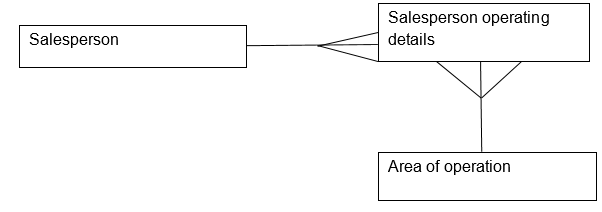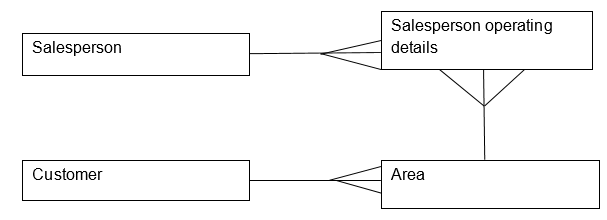Examples of Databases
In reality, databases exist in almost every place where record keeping is necessary. Examples of databases in which personal information is available include the university database, hospital database and hostel or apartment database. Information in university database is captured for the first time during enrolment and updated every time the student engages in any significant event that is of interest to the university e.g. every time they sit for an exam or face the disciplinary committee. In the case of hospital databases, the system captures information the first time the patient visits the hospital, and updates it every time they visit the hospital.
Building data warehouse
Building a warehouse data requires information from different databases. Therefore, when creating a data warehouse, it is important that the team understand the various databases from which to source the information, and how to gain access to those databases. Supposing we were building a data warehouse for Airbus, some sources for the information will be the departmental databases. The assumption is that each department of the company has a database with information about every employee. Secondly, external sources of the information may include the databases from the local police stations. These databases will provide information regarding any criminal records concerning the employees.
Data mining
The construction of a data warehouse discussed above is of great importance to the management as it offers decision support. For instance, if the management wanted a team to implement a jet design project, the information from the warehouse will help them identify the most eligible candidates based on experience, criminal history and so on. In this particular case, the role of data mining would be precise; to extract knowledge from the warehouse in an understandable manner and reprocessing that data to provide the management with important information regarding established patterns that might be crucial for decision-making.
Enterprise Content Management
This term refers to the strategies, methods and tools applied in the management of unstructured data in the organization. Given this role, the ECM offers several capabilities to the management in accessing, analyzing, processing and reprocessing information wherever that information is, thus offering the organization a broad set of capabilities for example collaboration, cost and continuity. In simple terms, collaboration is the ability to work together.
Technologies like ECM provide individuals with the capability to work from anywhere and therefore, it brings people with different, supplementing and overlapping expertise together thus enabling them to achieve results not only faster but also efficiently. Though the implementation of these technologies requires a lot of investment, the cost of unstructured information minus the ability to access that information is much expensive for the organization compared to the cost of implementing ECM. Further, this technology guarantees the organization continuity even after a disaster or any other form of interruption.
IBM, a software vendor of ECM provides a range of products namely industry solutions, ECM for system Z, ECM starter pack and ECM Usernet events. Each of these products aim at changing the way businesses operate by equipping them with various ECM capabilities. Unlike the IBMs’ products, which are variable from industry to industry, Microsoft seems to offer a compounded ECM service that aims at providing organizations with the same capabilities as the former.
Normalization
The term normalization refers to the process of simplifying entities and removing any form of duplication of the information. The process ensures that all updating takes place once and in one place thus making it easier. The normalization process involves establishing the First normal form (1NF), then the second normal form (2NF), then the third normal form (3NF). The 1NF ensures the removal of any repeating groups of attributes and the creation of new entity and relation. Afterwards, the new relation requires a review and a creation of a primary key for one entity and a secondary key for the second entity.
Facebook example
In facebook, there are several features, tools, and entities, which have some relationship with individual members. An example of such is the homepage tool. This tool relates directly with other items like notifications and groups of a particular item (the user). In this case, the homepage feature is the entity and the specific notification as the item number. Another example is the profile tool. The feature has a direct relation to the user’s information and thus, the feature becomes the entity while every piece of information in the profile becomes the item number. Considering the profile as an entity, some of the attributes of this entity include personal information, status updates on the wall and comments including the date and time of the updates.
The 2NF involves checking the entities, removing part-key dependencies and their key attributes, and putting them into a newly formed entity. The third involves examining all the entities and removing other attribute dependencies. To simplify the data, the removal of other attribute dependence between attributes in each relation is necessary. The next step is copying into this new relation the attributes upon which they depend. The final step is reviewing all relations for a selected function and combining them with the identical primary keys.
Solution to the Module

1NF tables
Entity Name: sales person (with sales persons’ ID as primary key)
Entity: salespersons’ operating details (With salespersons’ ID as secondary key).
2NF

Normalization tables in 2NF
Entity: Salesperson (with salesperson ID as primary key).
Entity: salespersons’ operating details (with salesperson ID and area as foreign keys).
Entity: Area (with operation area as the primary key).
3NF

Salesperson operating details.